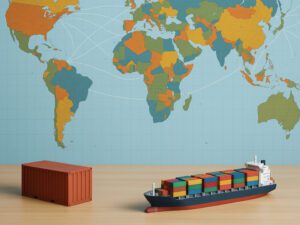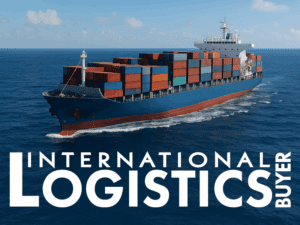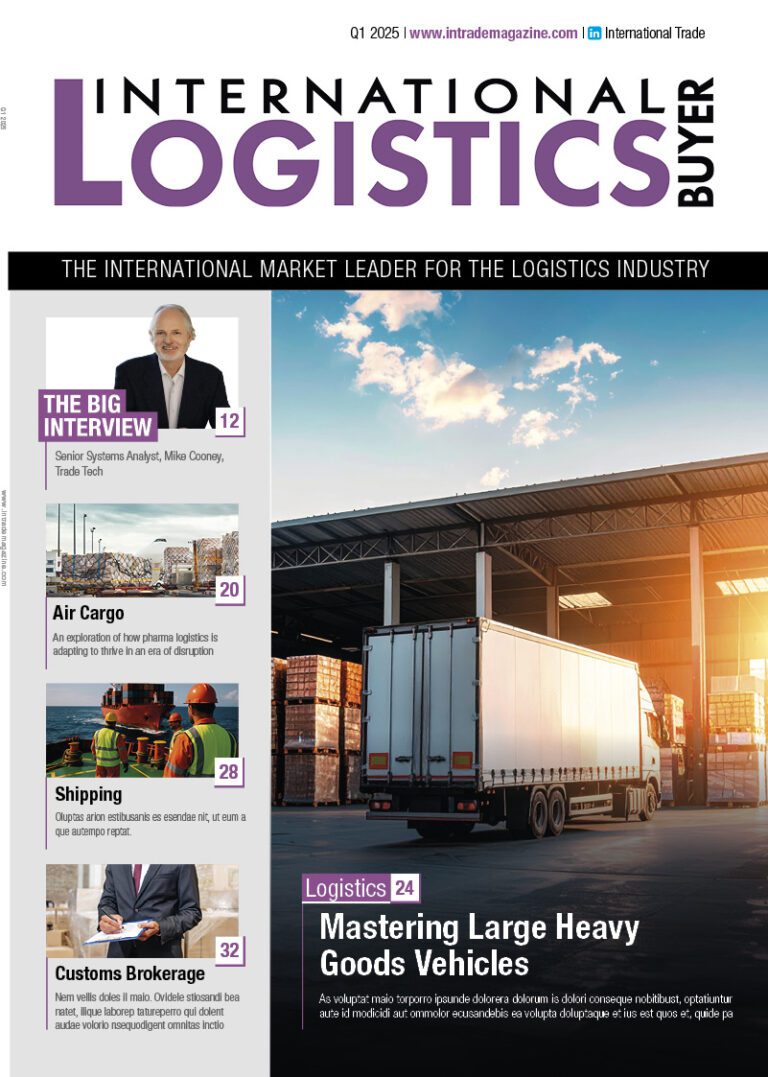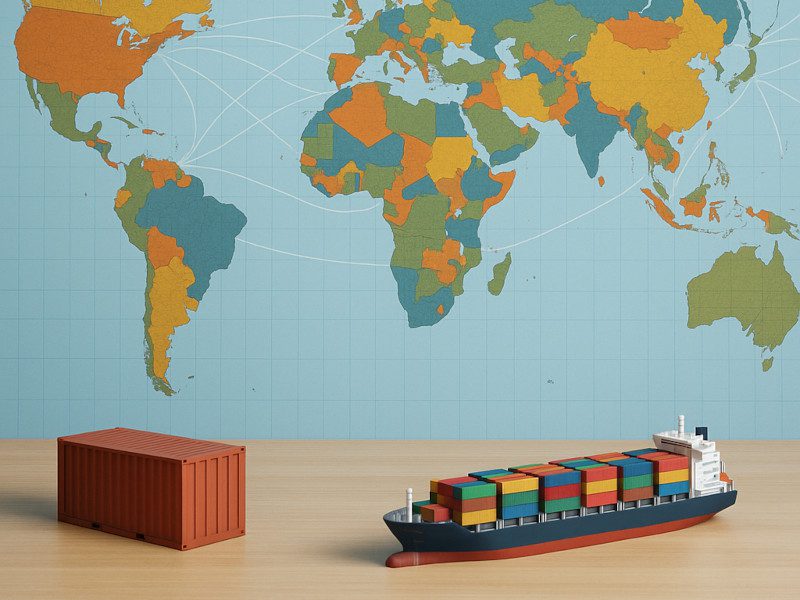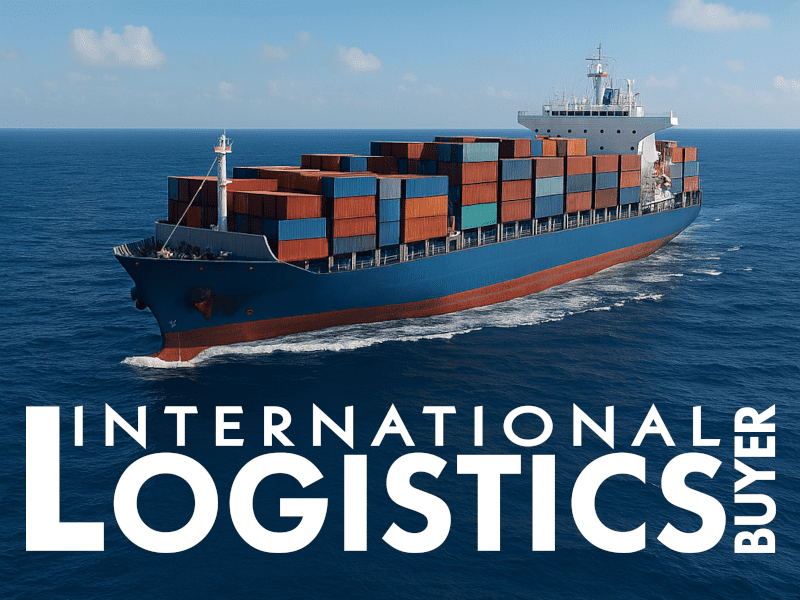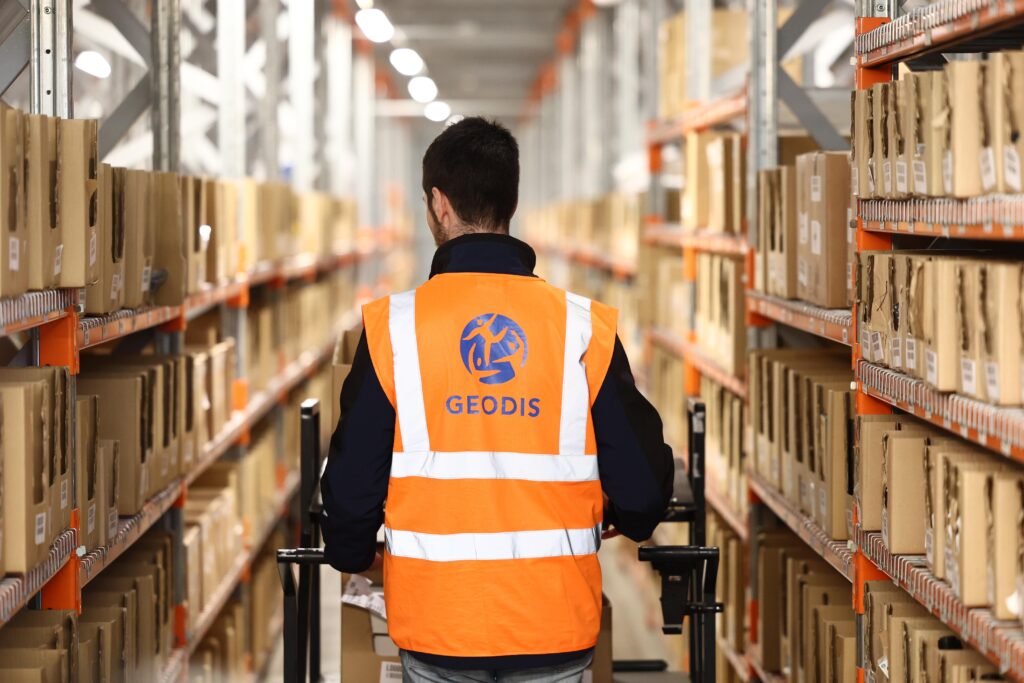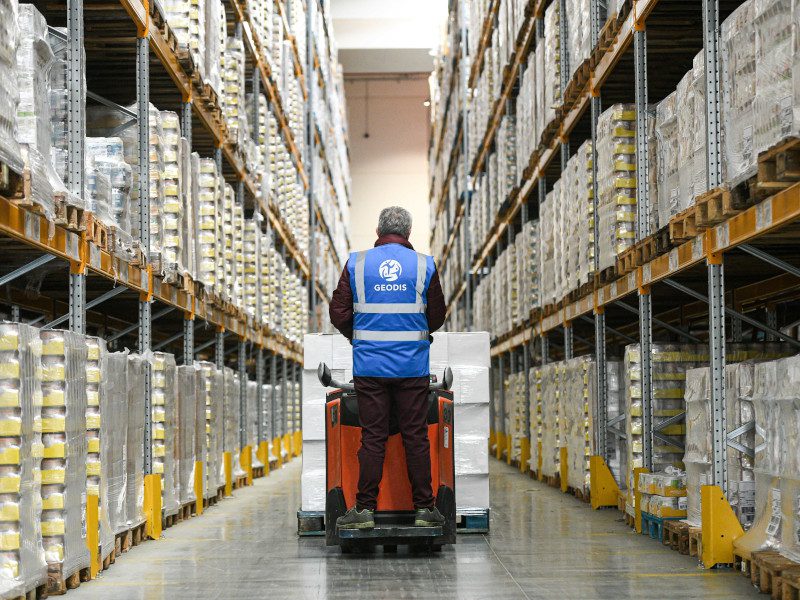Deb Deakin, Director of Continuous Process Improvement at ePost Global, reveals how Smarter Packaging and Fulfillment Decisions Can Cut International Shipping Costs
The math in logistics operations is nothing like what you’ve learned in your high school algebra classes. Imagine shipping a lightweight product, something that barely tips the scale at four ounces. Put it in a box that’s too large, stuff it with filler to protect it, and suddenly that tiny item is billed as though it weighs two pounds.
One shipment may not be a problem, but scale that math across an entire shipping container going across the ocean, and the effect is dramatic: pallets multiply and costs triple. In a year when rates for some routes have spiked as much as 88%, brands can’t afford those inefficient decisions.
Fluctuating tariffs and shifting trade policies are the headline issues in every conversation about international shipping costs, yet they’re far from the only forces shaping what brands pay. While those external pressures are beyond a company’s control, many of the other cost drivers stem from the decisions a brand makes about how products move through the supply chain.
Packaging, carrier selection, and fulfillment strategies may look like routine choices, but each one directly affects the bottom line. When those decisions are made consistently and with intention, they deliver significant savings without sacrificing speed or quality. In many cases, they also create a sustainability advantage that strengthens brand value with customers worldwide.
The importance of understanding value density
One of the easiest, most cost-effective ways to reduce shipping costs is by rightsizing your packaging. That means taking a look at each product to determine which packaging materials best fit the size and shape while minimizing excess material and space. Understanding the concept of value density — the relationship between a product’s value and its size or weight — is critical for controlling international shipping costs.
Nearly all shipping companies price shipments based on dimensional weight, charging for the space a package takes up rather than its actual weight. While this prevents carriers from losing money on lightweight but bulky items, it creates significant cost implications for shippers. Sending out products in oversized boxes means you’re paying to ship air and spending more on filler materials. Those additional costs add up quickly.
Let’s say you’re shipping baseball caps internationally. The hats only weigh two ounces, but might be sent in oversized boxes to preserve their shape. That decision increases the shipment’s chargeable weight to several pounds and expands the load from 10 pallets to 55, immediately tripling distribution costs.
Moving away from a one-size-fits-all boxing solution means investing in multiple sizes and more upfront planning, but it delivers a quick return on investment. Brands that rightsize their packaging can cut shipping costs by as much as 20-30%, justifying the additional complexity within the first few months of implementation.
The real cost of protection from the packaging
To rethink the approach to packaging, many fulfillment operations default to shipping in plastic bags instead of cardboard boxes. At first glance, plastic may seem lighter and more flexible, but upon closer inspection, the cost-benefit isn’t there.
The weight difference between a cardboard box and a plastic sleeve is fractional, often far too small to make a real dent in shipping costs. But the difference in protection is substantial. Plastic mailers don’t offer structural support, making them more vulnerable to being crushed in transit, especially when loaded onto aircraft cargo holds where every square inch counts.
If a carrier wants to maximize space, that means placing all of those plastic sleeves on top of each other, often crushing them down to fit the space. What does that mean for the customer? Something they just spent money on is likely damaged or squished.
A box often travels better than a thinner, less protective plastic sleeve, and in many cases arrives in better shape at the customer’s doorstep. Cardboard boxes stack cleanly in cargo holds and travel more efficiently through the entire shipping network.
The sustainability of cardboard can also contribute to a positive delivery experience by giving consumers something they can reuse. That choice can even be the deciding factor of whether a consumer will actually buy something in the first place. A new survey published in the Wall Street Journal found that more than a third of shoppers in the U.S. and Canada decided against buying something because it was unsustainably packaged.
When packaging is protective and environmentally responsible, it lowers returns and enhances brand reputation.
Unpredictable costs of shipping, simplified
One of the least predictable elements of international shipping is fuel surcharges. These extra fees adjust shipping costs based on current fuel prices so carriers can manage the volatility of fuel. These costs can also vary by carrier, region, and mode of transport.
Monitoring the market conditions that impact fuel surcharges is essential for predicting costs and planning a budget. Understanding how each carrier calculates surcharges can help brands get ahead of those costs and adjust shipping strategies. Carriers will often apply a fixed percentage over the base shipping charge or calculate based on the total shipment distance.
For brands shipping high volumes, even small increases in surcharge percentages can significantly impact the bottom line.
Read the full article in our latest issue here

